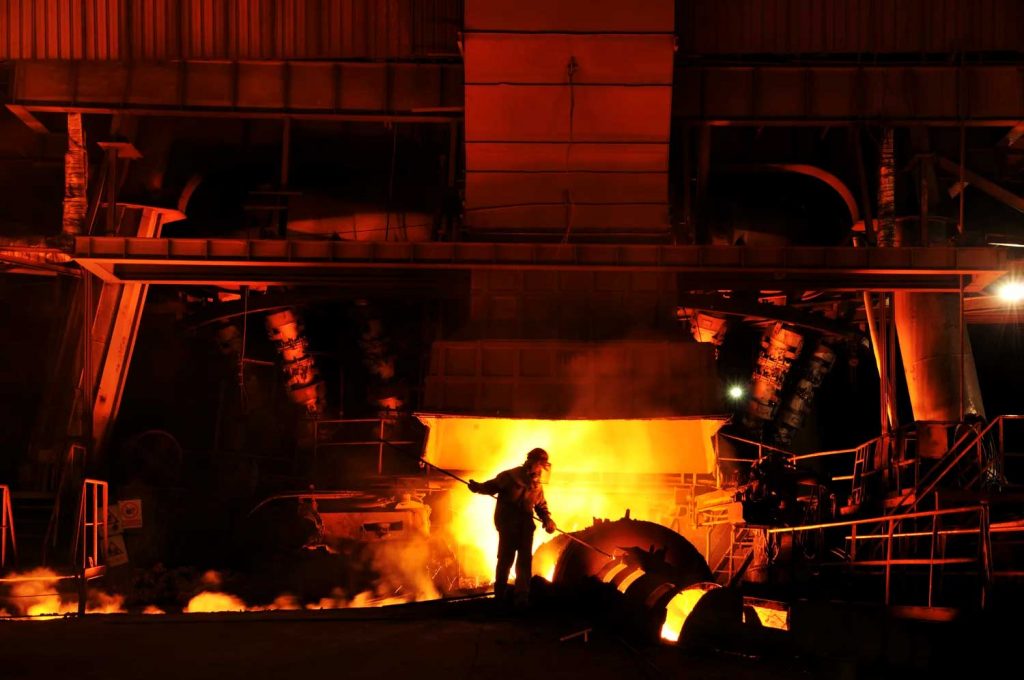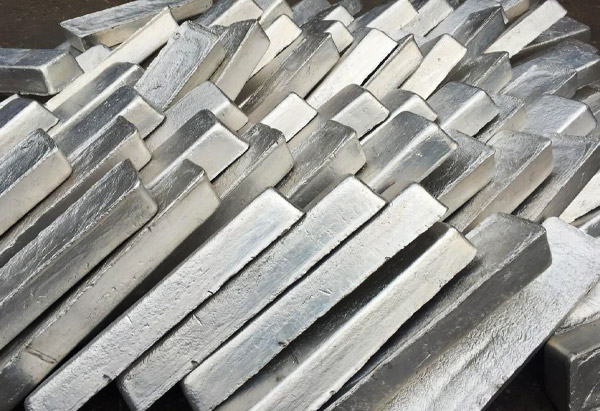Others
In addition to die casting and aluminum alloying, magnesium has many applications in various industries from steelmaking to medicine.
One of the most important uses of magnesium is in a long four-step process called the “Kroll Process” to produce titanium. In one step of the titanium production process, magnesium is used for the reduction of purified titanium tetrachloride and producing sponge titanium. Sponge titanium is converted into titanium ingots in electric arc furnaces. Most of the titanium produced in the world is produced through the Kroll process.

The next big application of magnesium is steel desulphurization. In many cases, sulfur in steel is considered a nuisance factor and should be eliminated as much as possible. The presence of sulfur in steel causes the formation of iron sulfide, and this combination severely reduces the properties of steel. During forming, iron sulfide particles cause premature failure. These particles also reduce properties such as toughness, flexibility, weldability and corrosion resistance. Among the best materials for steel desulfurization, we can mention magnesium metal, calcium carbide and lime. In the meantime, magnesium shows the best performance in sulfur removal, because magnesium shows great chemical affinity towards sulfur and unlike other desulfurization agents, it dissolves in steel and reacts homogeneously with sulfur. In this method, magnesium powder or granules are added to the melt and mixed with sulfur into the slag. Then the slag containing sulfur is separated from the purified melt.

Magnesium is used for the production of nodular cast iron. Ductile cast irons or nodular cast irons with spherical graphite are a family of cast irons. The spherical shape of graphite increases strength and toughness compared to gray cast irons. Ductile iron is produced by adding magnesium to the melt (because magnesium evaporates at high temperatures, magnesium alloys are usually used). While a number of elements such as cerium, calcium, and lithium are known for spheroidizing graphite, in practice ferrosilicon magnesium is used for spheroidization. The role of magnesium is to desulfurize and deoxygenate the melt. If during solidification, sulfur and oxygen are absorbed in the graphite/melt interface, filamentous graphite is formed. To create and spheroidize graphites, oxygen and sulfur impurities in molten iron must be removed. In the absence of these impurities, the natural growth of graphites causes them to become spherical.

Magnesium can be used in many medical applications. There are many features that make magnesium a very attractive option for use in implants, for example, the density of alloys of this element is much closer to the density of natural bone, and magnesium fracture resistance, elastic modulus and compressive strength are more similar to natural bones than other materials. In addition, uncoated magnesium implants are biodegradable through corrosion in body fluids, and for this reason, there is no need for surgery to remove the implants. The use of protective coatings can prevent corrosion problems in situations where a more permanent solution is needed. Magnesium compounds are widely used in pharmaceuticals and in the manufacture of laxatives, antacids, and drugs to stabilize abnormal nerve stimulation or spasm of blood vessels in conditions such as eclampsia.
Other than mentioned applications magnesium can be used in cathodic protection, the energy industry, electronic devices, etc.
KHORASAN MG offers different grades of magnesium and magnesium alloys ideal for these applications.

